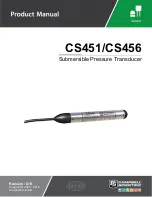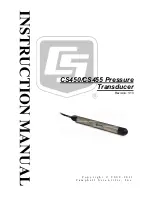
APPLICATION NOTES
Remove the protective backing from the C-ducer
tape
and carefully
attach it to your instrument in the position shown. Attach the C-ducer
lightly at first, this will enable you to experiment with the exact
position that best suits your instrument, ear and sound equipment.
Experimentation around the approximate position shown is the key to
getting the perfect sound for you.
STRINGED INSTRUMENTS
Guitar:
Two positions are shown,
position 1 has been found suitable
f o r l a r g e r , m o r e r e s o n a n t
instruments or when enhanced bass
is desired. Position 2 provides a
natural balance on Classical and
Spanish-style instruments. In both
cases the
tape s
hould be mounted
close and parallel to the bridge.
,
Violin, Cello and Bass:
Position the
tape over the sound post initially and
move it in small increments until the
desired sound is found. On Bass and
’ C e l l o ( p a r t i c u l a r l y t h o s e
instruments of heavier construction)
success can sometimes also be found
with the C-ducer mounted near the
f
-
holes.
Banjo:
Depending on the type of
instrument and the style of play, the
C-ducer can either be mounted with
the adhesive foam pad stuck to the
rim and just the tape portion
attached to the skin. When
percussive effects are used (ie
tapping the skin) the position of the
tape
will alter the level of the effect.
4
POSITION 2
POSITION 1
Attaching your C-ducer
Your C-ducer CP System contains a spare reel of C-ducer double-
sided adhesive tape. When the adhesive on the surface of your C-
ducer no longer has adequate adhesion to stick to the instrument,
gently remove the old adhesive layer and replace with a new piece. It
may also be necessary to replace the adhesive foam pad that is
originally supplied to prevent the small plastic joining block between
the C-ducer
tape
and the cable from falling off the instrument.
If this
happens, distortion and noise may result.
Further supplies of adhesive
tape and pads are available from your C-ducer dealer.
Note: It is the User's responsibility to ensure that the surface of the
instrument will not be damaged by the C-ducer adhesive. While every
care has been taken to design this adhesive so as not to cause damage
to the surface of an instrument, Audio Marketing Group and its
distributors accept no responsibility for such damage, and strongly
recommend that you gently test the adhesive on a small area of the
instrument that is not normally visible prior to mounting the C-ducer
in its final position.
Delicate surfaces can sometimes be protected by first applying a piece
of “Clingwrap” or “Clingfilm” type material to the surface of the
instrument before attaching the C-ducer
tape.
There are also various
types of low-adhesive plastic films available from most book stores and
hardware stores that may be suitable.
In all cases gently apply the
material to a discreet part of the instrument before applying it in the final
position.
In some cases (when attached to the underside of a piano, for
example) the weight of the cable may tend to pull the C-ducer
tape
off
the instrument despite the adhesive foam pad. The use of adhesive-
backed cable clip as a strain-relief solves this problem.
Note: The C-ducer should not be covered with duct tape, gaffers tape
or similar. The surface of the C-ducer that is not stuck to the
instrument should be allowed to
breathe.
3


























